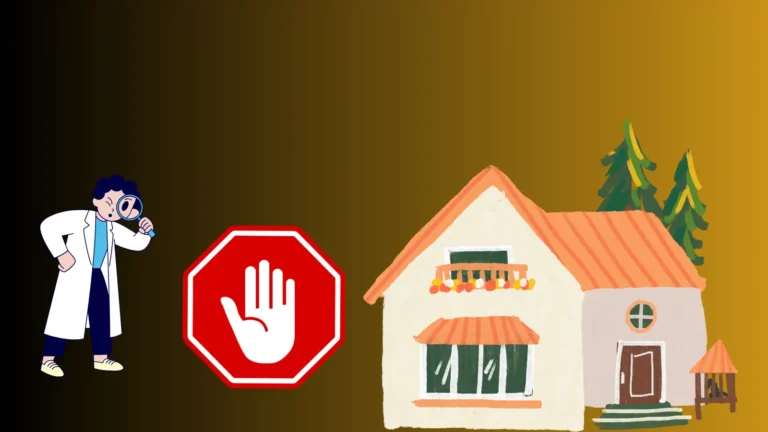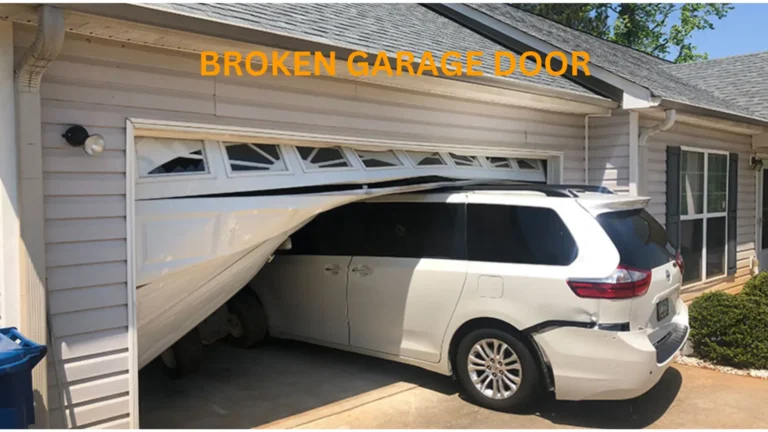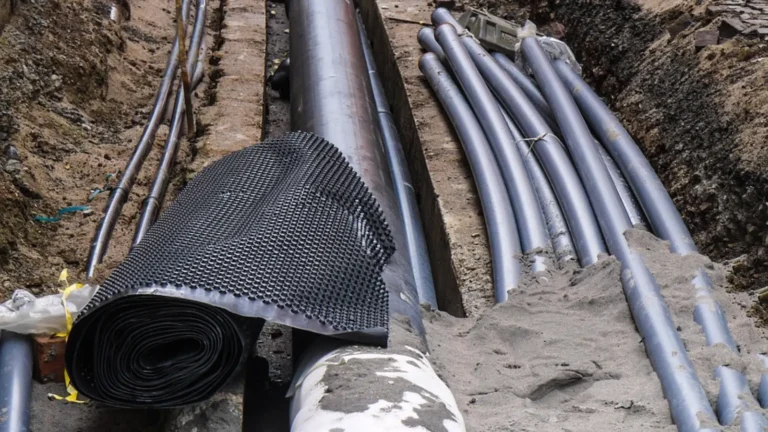Are Underground Pipes Covered by Home Insurance in the United States?
Home insurance is a vital safety net for homeowners, providing financial protection against various risks. However, when it comes to the specifics, such as whether underground pipes are covered, things can get a bit complicated. Understanding the nuances of your home insurance policy is crucial to know what is covered and what isn’t, especially regarding underground pipes.
Understanding Home Insurance Policies
Home insurance typically includes several types of coverage,
Coverage for Underground Pipes
Underground pipes, including water lines, sewer lines, and other utility pipes, are essential for the functioning of a home. Whether these pipes are covered by home insurance depends on several factors,
- Type of Damage:
- Sudden and Accidental Damage: If the underground pipes are damaged due to sudden and accidental events like a burst pipe or a covered peril (e.g., fire, vandalism), your home insurance policy might cover the repairs.
- Gradual Wear and Tear: Damage due to wear and tear, corrosion, tree roots, or poor maintenance is typically not covered. Home insurance policies generally exclude damages that occur gradually over time.
- Coverage Limits and Endorsements:
- Standard Coverage: Most standard home insurance policies do not cover underground pipes explicitly. However, damage resulting from covered perils might include coverage for the resulting damage (e.g., water damage inside your home due to a burst pipe).
- Endorsements/Riders: Homeowners can purchase additional coverage, known as endorsements or riders, to cover specific risks, including underground service lines. Service line coverage is an optional add-on that specifically covers the repair or replacement of damaged underground pipes and wiring.
- Types of Service Line Coverage:
- Water Lines: Covers the cost to repair or replace water pipes that run from your house to the street.
- Sewer Lines: Covers the repair or replacement of sewer pipes.
- Other Utility Lines: May include coverage for gas lines, electrical wiring, and other underground utilities.
Steps to Ensure Coverage
To ensure your underground pipes are adequately covered, consider the following steps,
- Review Your Policy:
- Carefully read your home insurance policy to understand what is covered and what is excluded regarding underground pipes.
- Look for specific language related to service lines or underground pipes.
- Consider Additional Coverage:
- If your policy does not cover underground pipes, consider purchasing a service line endorsement.
- Discuss with your insurance agent the cost and benefits of adding this coverage.
- Regular Maintenance:
- Maintain your underground pipes to prevent damage from wear and tear.
- Regular inspections and maintenance can help identify potential issues before they become significant problems.
- Understand Exclusions:
- Be aware of exclusions in your policy, such as damages due to flooding, earthquakes, or poor maintenance.
- Consider additional insurance for excluded perils if you live in an area prone to specific risks (e.g., flood insurance, earthquake insurance).
Filing a Claim
If you experience damage to your underground pipes and believe it should be covered by your insurance, follow these steps:
- Document the Damage:
- Take photos and videos of the damage.
- Keep records of any maintenance or repairs done in the past.
- Contact Your Insurance Company:
- Report the damage to your insurance company as soon as possible.
- Provide all necessary documentation and information.
- Get an Estimate:
- Obtain estimates for the repair or replacement of the damaged pipes from licensed contractors.
- Work with an Adjuster:
- An insurance adjuster will evaluate the damage and determine the coverage.
- Be prepared to discuss the specifics of your policy and any endorsements you have purchased.
Conclusion
Whether underground pipes are covered by home insurance in the United States depends largely on the specifics of your policy and the nature of the damage. Standard policies may offer limited coverage, typically only for sudden and accidental damage, while gradual wear and tear is usually excluded. However, homeowners can purchase additional service line coverage to protect against a broader range of risks. By understanding your policy, considering additional coverage, and maintaining your pipes, you can ensure better protection for your home’s underground utilities.




